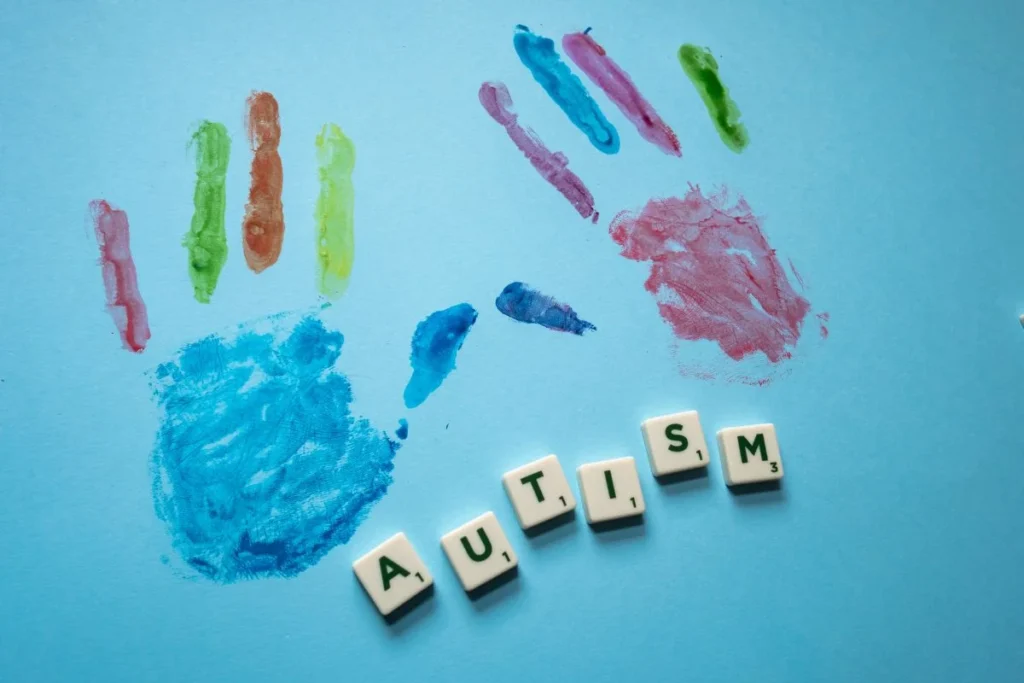Early intervention for children with autism is a critical step in improving outcomes and reducing the cost of care. Research has shown that early diagnosis and intervention can have significant long-term positive effects on symptoms and later skills. [1]
The goal of early intervention is to provide children with autism with the tools, skills, and support they need to reach their full potential. Early intervention programs can vary widely depending on the individual needs of the child, but they typically involve a combination of therapies, such as speech therapy, occupational therapy, and behavioral therapy.
One of the most widely used early intervention programs for children with autism is the Early Start Denver Model (ESDM). This evidence-based treatment is effective in improving language, social skills, and cognitive abilities in young children with autism. [2]
Early intervention can also help reduce the cost of care for children with autism. A recent study found that the costs associated with the ESDM were fully offset after only two years following intervention due to the significant improvements in the child’s abilities. [3]
References:
[1] Eunice Kennedy Shriver National Institute of Child Health and Human Development. (n.d.). Early Intervention for Autism. Retrieved from https://www.nichd.nih.gov/health/topics/autism/conditioninfo/treatments/early-intervention
[2] Dawson, G., & Rogers, S. (2009). Randomized, Controlled Trial of an Intervention for Toddlers With Autism: The Early Start Denver Model. Pediatrics, 125(1), e17–e23. doi: 10.1542/peds.2009-0958
[3] Penn Medicine. (2017, August 16). Study Finds High-Quality Early Intervention for Children with Autism Quickly Results in Costs Savings. Retrieved from https://www.pennmedicine.org/news/news-releases/2017/august/study-finds-early-intervention-for-children-with-autism-quickly-results-in-costs-savings
Cost Analysis of Early Intervention Programs
Early intervention programs for autistic children can be costly, but the benefits of such programs are well-established. A cost analysis of these programs can help families and policymakers decide which programs to choose.
Direct Costs
Direct costs of early intervention programs for autism typically include the cost of therapy, assessments, and equipment. The cost of therapy can vary depending on the type of therapy used and the frequency of sessions. According to a study by Cidav et al., community-based early intervention costs between $40,000 and $80,000 per year [1]. However, the high-quality, evidence-based early intervention delivered in their study costs about $45,580.
Assessments are another direct cost of early intervention programs. Assessments are used to evaluate the child’s progress and determine the effectiveness of the intervention. The cost of assessments can vary depending on the type of assessment used and the frequency of assessments.
Equipment costs are also a direct cost of early intervention programs. Equipment such as communication devices, sensory integration equipment, and adaptive equipment can be expensive. However, the cost of equipment can be offset by the benefits it provides to the child.
Indirect Costs
Indirect costs of early intervention programs for autism typically include the cost of lost productivity due to the caregiver’s time spent on therapy and the cost of transportation to and from therapy sessions.
The cost of lost productivity can be significant for parents who have to take time off work to attend therapy sessions with their children. According to a study by Knapp et al., the cost of lost productivity due to caring for a child with autism is estimated to be £1.2 billion per year in the UK alone [2].
Transportation costs can also be significant, especially for families who live far from therapy centers. The cost of transportation includes the cost of gas, wear and tear on the vehicle, and the cost of public transportation.
Benefits of Early Intervention
Early intervention for autism spectrum disorder (ASD) has been found to have numerous benefits for children and their families. Research shows that early diagnosis and intervention can lead to significant long-term economic benefits, social and educational outcomes, and an overall improvement in the quality of life for children with ASD and their families.
Long-Term Economic Benefits
Early intervention for children with ASD can result in significant cost savings over time. According to a study by Penn Medicine, high-quality early intervention for children with ASD can result in cost savings of about $19,000 per year per child. This is because children who receive early intervention services require fewer services in the future, such as occupational or physical therapy and speech therapy. In addition, early intervention can lead to better long-term outcomes, such as improved employment opportunities and reduced dependence on social services.
Social and Educational Outcomes
Early intervention for children with ASD can also lead to improved social and educational outcomes. Children who receive early intervention services are more likely to develop social and communication skills, which can help them better interact with their peers and family members. In addition, early intervention can help children with ASD better adapt to new environments and situations, which can lead to improved educational outcomes and academic success.
Funding and Insurance Coverage for Early Intervention
Early intervention for children with autism can be costly, ranging from $40,000 to $80,000 per year [1]. However, high-quality early intervention has been shown to result in cost savings in the long run [1]. Despite this, healthcare insurers, as well as state and local early intervention programs, are often reluctant to pay for these services, making it difficult for families of children with ASD to obtain these expensive services [1].
Fortunately, there are several options available for funding early intervention services. Medicaid, federal education funds, and private insurance all cover the costs of speech-language and hearing services for infants and toddlers [2]. Additionally, some states have enacted insurance mandates for autism spectrum disorders, which require insurance companies to cover certain services [1]. These mandates were intended to improve access to indicated services, with the inclusion of board-certified behavior analysts (BCBAs) as a newly licensed group of professionals to provide one approach to evidence-based intervention [1].
It is important to note that insurance coverage for early intervention services can vary widely depending on the state and the specific insurance plan [3]. Families should carefully review their insurance policies to understand what services are covered and the out-of-pocket costs. They should also look into any state-specific resources that may be available to help cover the costs of early intervention services.
In conclusion, while early intervention for children with autism can be costly, there are several funding options available to families. By understanding their insurance coverage and exploring state-specific resources, families can access the high-quality early intervention services their children need to thrive.
References
- Study Finds High-Quality Early Intervention for Children with Autism Quickly Results in Cost Savings
- Bottom Line: Who Pays the Bill for Early Intervention Services?
- Simpler Than Possible: Insurance Mandates for Autism Spectrum Disorders
Comparative Cost Studies
Early intervention programs for autism can be costly, and it is important to evaluate the cost-effectiveness of different programs. Comparative cost studies have been conducted both domestically and internationally to compare the cost of different early intervention programs.
Domestic Comparisons
In a study conducted in the United States, researchers compared the costs associated with 18 years of special education to the costs associated with the implementation of an average of 3 years of Discrete Trial Training as an Early Intensive Behavioral Intervention (EIBI) [1]. They found that the cost of special education was significantly higher than the cost of EIBI.
Another study conducted in the United States compared the cost of Early Intensive Behavioral Intervention (EIBI) to the cost of treatment as usual (TAU) [2]. The study found that EIBI was more expensive than TAU, but also resulted in improved cognitive, adaptive, and social functioning, as well as reductions in autism severity and behavioral problems in children with Autism Spectrum Disorder (ASD).
International Comparisons
A study conducted in Australia compared the cost-effectiveness of three early intervention programs: the Early Start Denver Model (ESDM), the Treatment and Education of Autistic and Related Communication Handicapped Children (TEACCH), and the Picture Exchange Communication System (PECS) [3]. The study found that ESDM was the most cost-effective program, followed by TEACCH and PECS.
A similar study conducted in the United Kingdom compared the cost-effectiveness of two early intervention programs: the Early Start Denver Model (ESDM) and the Picture Exchange Communication System (PECS) [4]. The study found that ESDM was more cost-effective than PECS.
These comparative cost studies provide important information for families, educators, and policymakers when making decisions about early intervention programs for autism. It is important to consider both the cost and the effectiveness of different programs when making these decisions.







